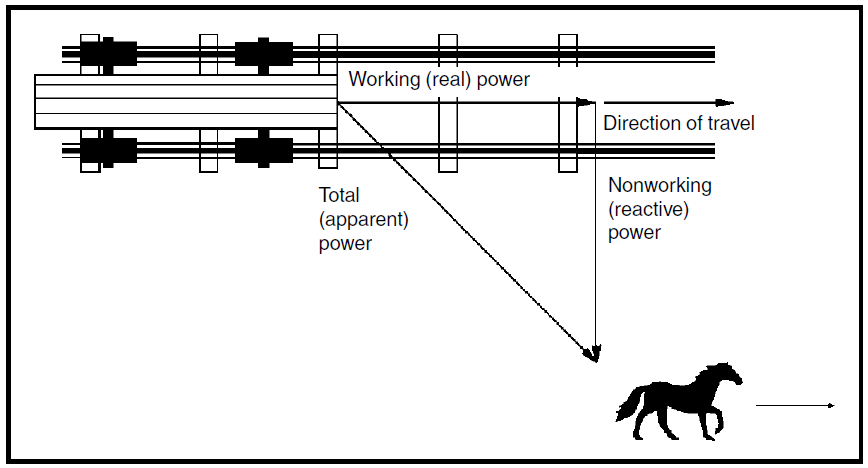Using reactive power an energy source. Actually able to utilize "reactive watts". This is using a Tesla method that only a few ever figured out. It is based on a 4 quadrant model of course.
2000% (COP 20.0) Reactive Power as Energy Demonstration | 2014 Energy Science & Technology Conference
2000% (COP 20.0) Reactive Power as Energy Demonstration | 2014 Energy Science & Technology Conference




Comment